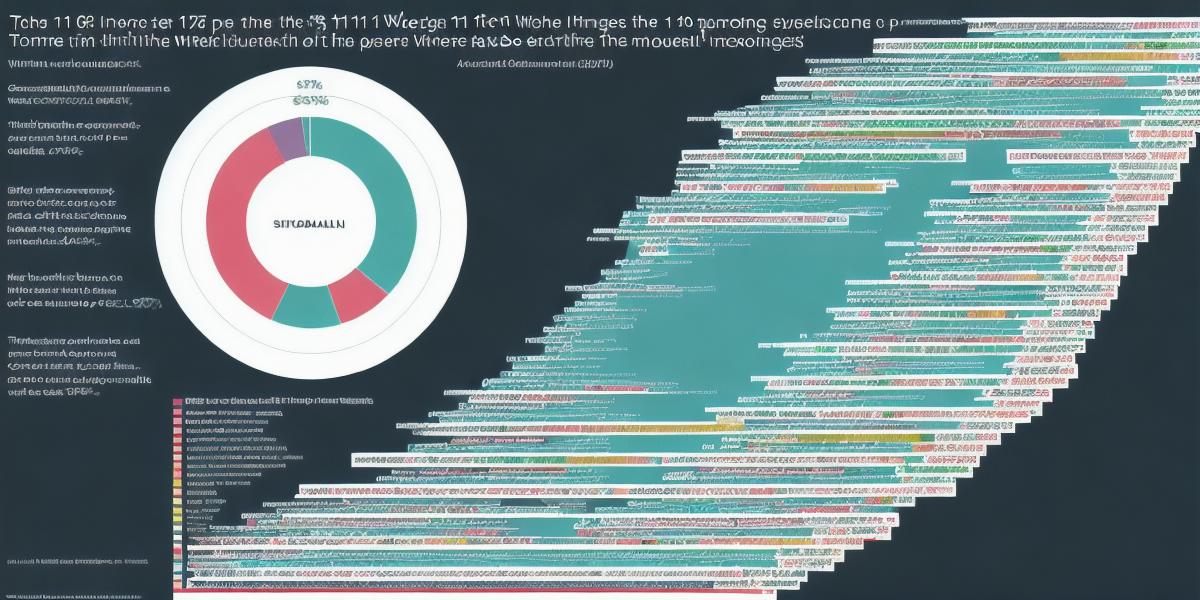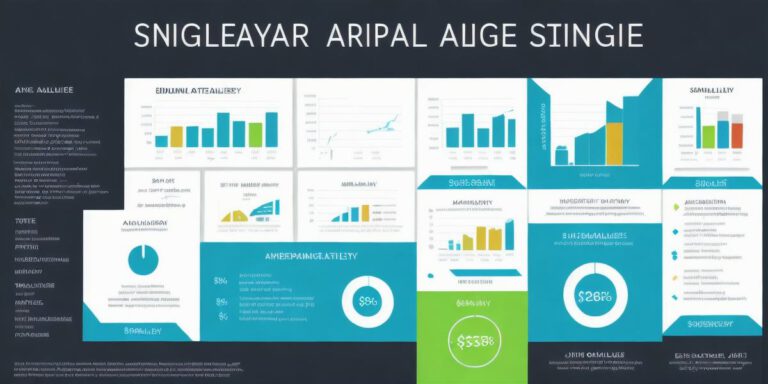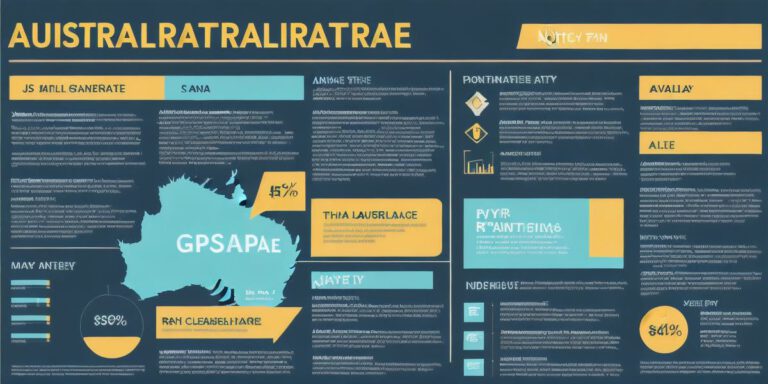The wealth gap between the top 1% and the rest of society is a growing concern, with the gap widening in recent years. In this article, we will analyze the earnings of the top 1% and explore the underlying factors that contribute to income inequality.
First, let’s take a look at the data. According to the International Monetary Fund (IMF), the top 1% of the world population earns an average of 27 times more than the bottom 50%. In addition, the top 10% earns an average of 9 times more than the bottom 50%, while the middle 40% earns only 3 times more. These numbers show just how skewed income distribution has become.
So, what are the main factors that contribute to this inequality? There are several. One factor is globalization and the rise of multinational corporations. Many companies now operate globally, with profits being allocated to countries where taxes are lowest. This can lead to a situation where profits are distributed unevenly across different regions and countries, exacerbating income inequality.
Another factor is the increasing concentration of wealth in the hands of a few individuals. For example, in the US, the top 10% of households own more than 70% of the country’s total wealth, while the bottom 50% owns less than 1%. This concentration of wealth can make it difficult for the rest of society to access capital and investment opportunities, further exacerbating income inequality.
Finally, there are structural issues within the labor market that contribute to income inequality. For example, many low-skilled jobs have been outsourced or automated, leaving workers with few job opportunities and low wages. At the same time, high-skilled workers can earn significantly more than their less skilled counterparts, contributing to a situation where the middle class is shrinking.
To illustrate these points, let’s look at a case study. In the UK, the top 1% earns an average of £762,000 per year, while the bottom 50% earns less than £15,000 per year. This represents a gap of over 4,800%. In addition, the top 1% owns more wealth than the bottom 90%, with an estimated total wealth of £2.7 trillion.
This inequality has serious consequences for society as a whole. It can lead to social unrest and political instability, as well as limit opportunities for economic growth and development. To address this issue, governments and businesses must work together to promote greater equality and inclusion in the labor market, as well as reform tax policies to ensure that wealth is distributed more fairly across society.
In conclusion, the earnings of the top 1% are a significant contributor to income inequality, with many factors contributing to this disparity. It is important for society to address this issue head-on and work towards promoting greater equality and inclusion in all areas of life. By doing so, we can create a more prosperous and just society for everyone.







+ There are no comments
Add yours